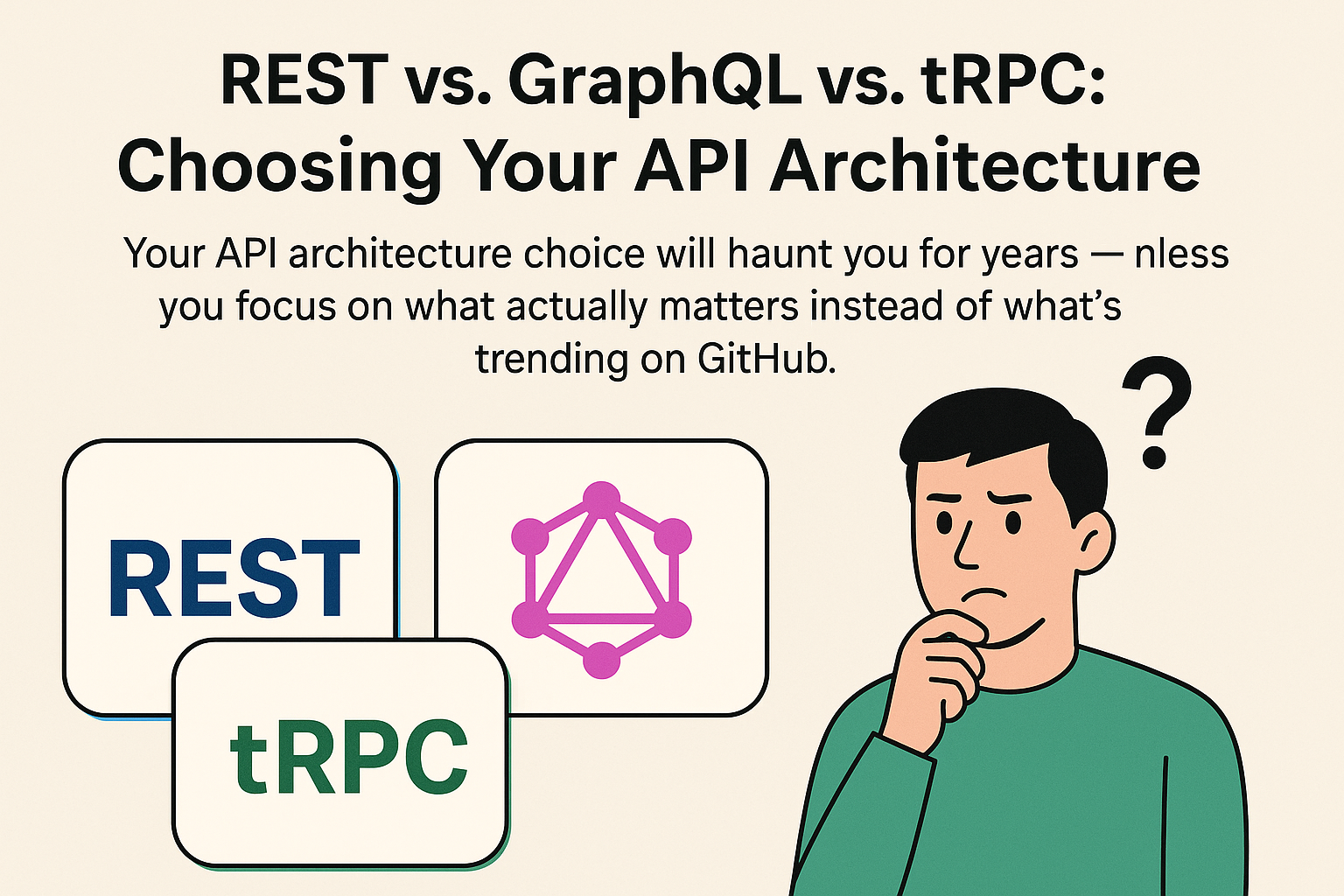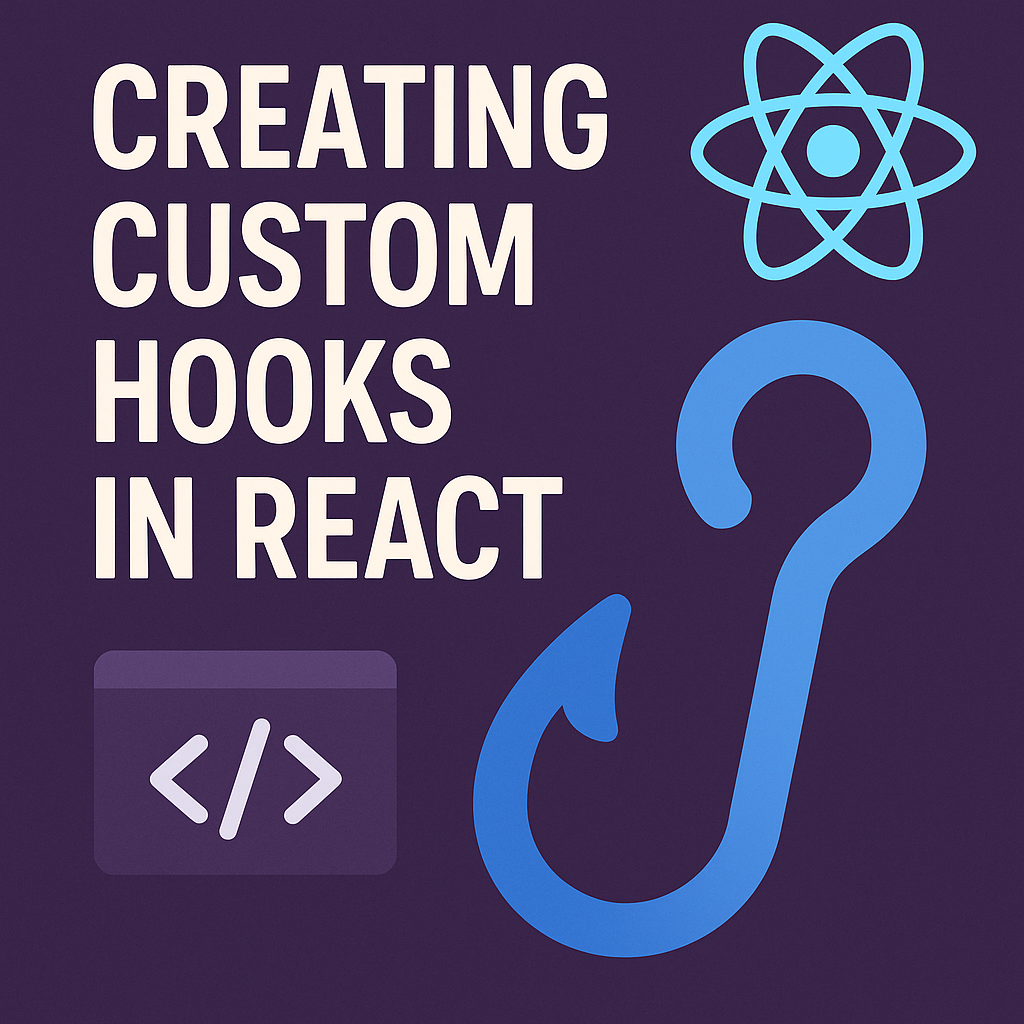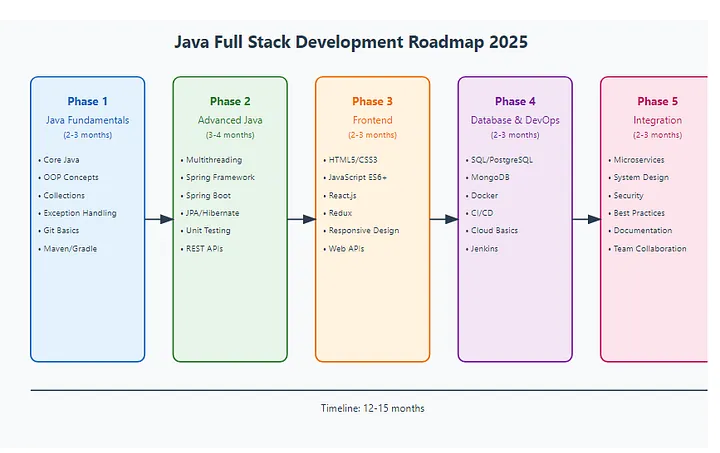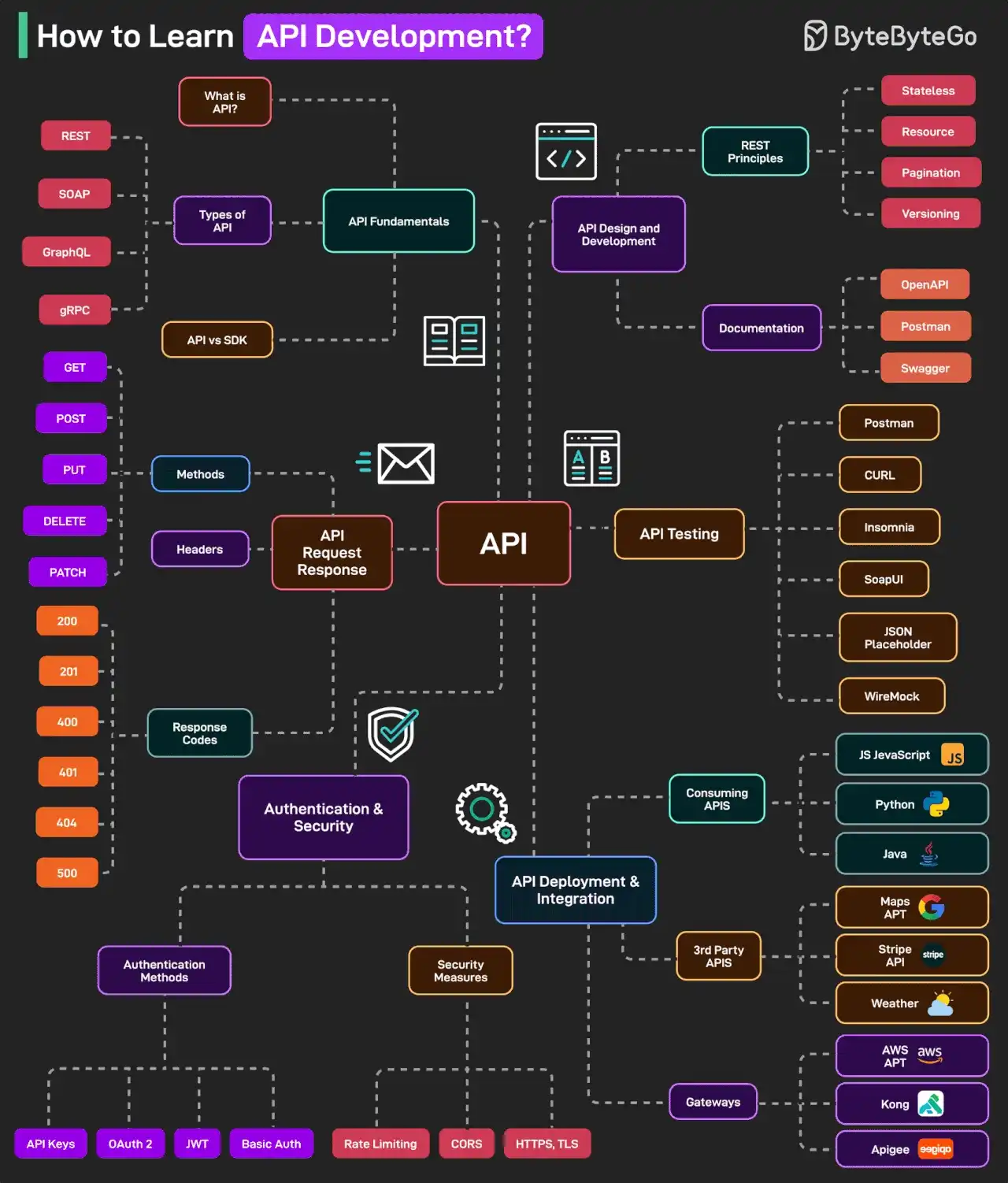Your API architecture choice will haunt you for years – unless you focus on what actually matters instead of what’s trending on GitHub.
REST vs GraphQL vs tRPC: Making the Right API Architecture Choice in 2025
The API architecture you commit to today won’t just shape your codebase — it will shape your team’s efficiency, scalability, and future headaches. A poor choice could mean months of rework, sluggish performance, and developers constantly wondering, “Why did we do it like this?”
The real problem? It’s not a lack of choices — it’s having too many.
REST is the established default, GraphQL is marketed as the all-in-one solution, and tRPC promises seamless TypeScript integration. Each camp has its loyal advocates claiming theirs is the one true way.
But here’s the honest truth: there’s no one-size-fits-all. The API stack used by a billion-dollar tech company may be overkill — or outright harmful — for your team’s needs. The smart move is to focus on what actually matters.
Where API Architecture Stands in 2025
Today’s engineering leads are facing a hard truth: their APIs are outgrowing the frameworks they were built on.
- REST can become clunky when handling deeply nested or dynamic data.
- GraphQL offers flexibility but brings operational overhead many teams aren’t ready for.
- tRPC offers unmatched developer experience — if you’re all-in on TypeScript.
Meanwhile, the API economy is booming. With the industry projected to hit $267 billion this year, the world is building more APIs than ever — but we’re not always building smarter.
Trendy tech stacks aren’t the answer. What matters is understanding the real-world pros and cons in your context.
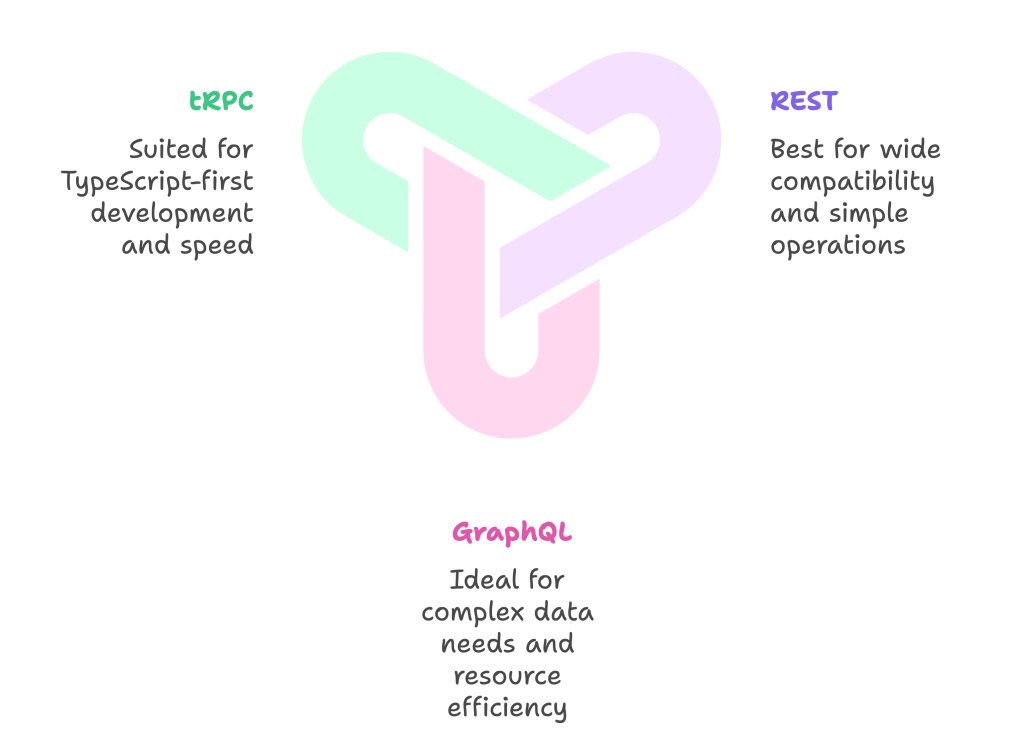
Your API Toolkit: What to Know
🧱 REST: The Battle-Tested Classic
Built on rock-solid HTTP standards, REST is reliable, stateless, and easily debuggable. It’s great for CRUD operations and public APIs. However, data inefficiencies (over-fetching or under-fetching) are often part of the trade-off.
🔍 GraphQL: The Custom-Fit Power Tool
GraphQL gives clients precise control over data requests. Developers love its flexibility — studies show 62% report higher productivity using it. Still, the cost is complexity and sometimes performance. For example, basic queries can take nearly 2x longer compared to REST in some benchmarks.
⚙️ tRPC: The TypeScript-Native Streamliner
If your entire stack is TypeScript, tRPC is hard to beat. It gives you type safety from backend to frontend, almost zero boilerplate, and a tight feedback loop. But it’s a niche solution — it shines only if you’re fully invested in the TS ecosystem.
So… Which One Should You Choose?
There’s no universal answer, but here’s a quick guide:
Use tRPC when your team is TypeScript-first, focused on internal tools, or prioritizes fast iteration and dev experience.
Use REST when you need maximum compatibility, public-facing APIs, or simple resource-based endpoints.
Use GraphQL if your app has complex data, supports multiple clients, or needs to reduce network load.
Final Word
Pick the architecture that aligns with your team’s strengths, product goals, and long-term roadmap — not just what’s popular on GitHub this month.
